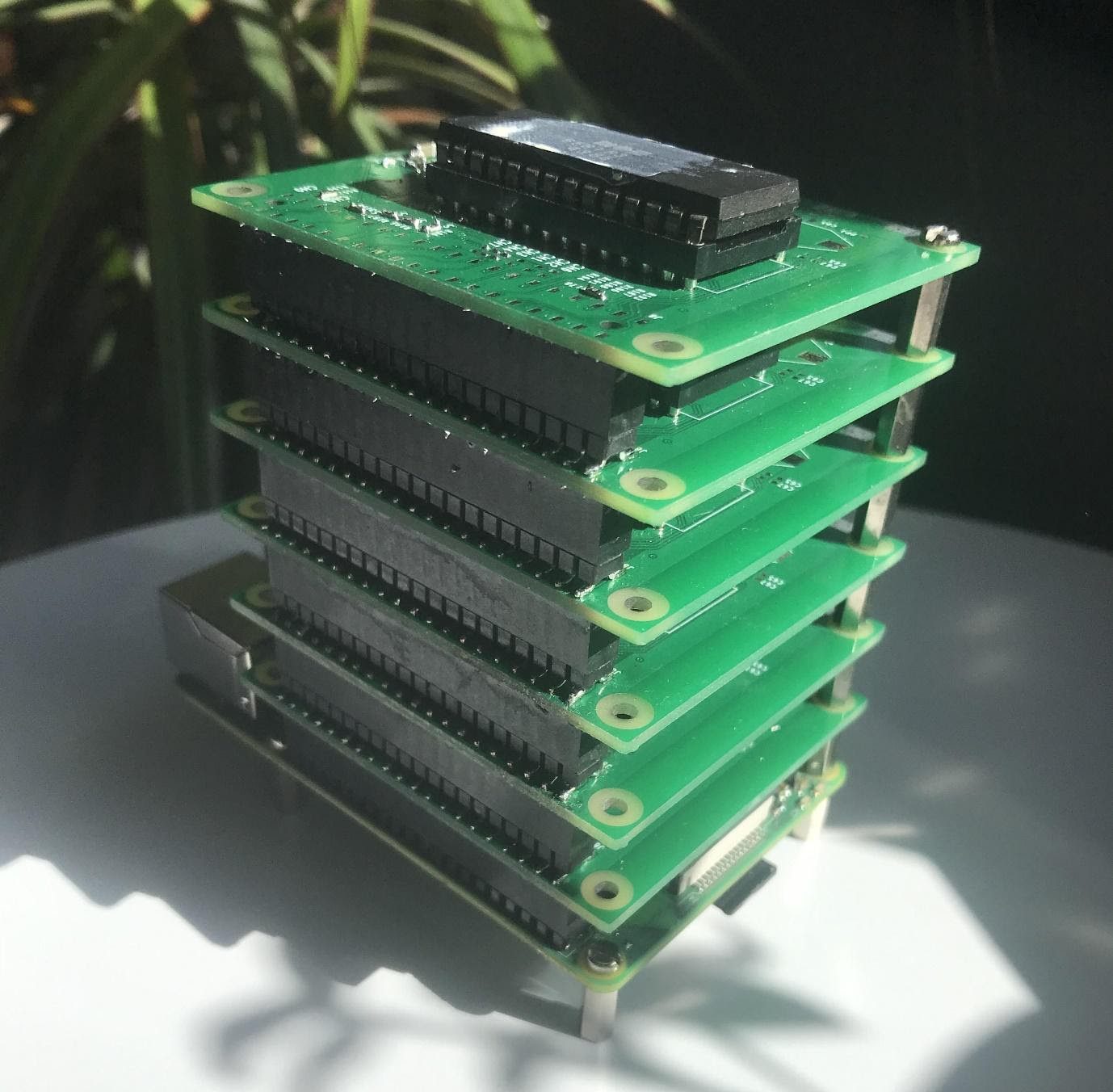Schlagwort: Commodore 64
-

Use Excel to load Commodore 64 software
Reading Time: 2 minutesLoading software on a vintage computer, such as a Commodore 64, is a pain. Early eight-bit computers almost never contained any onboard persistent storage, so users had to load software from external media like cassette tapes. To make retro computing far more convenient, RaspberryPioneer developed a method for loading Commodore 64 software…
-

Commodore 64 + Raspberry Pi 4 = Synth6581
Reading Time: 4 minutesWe have a special blog today from one of our own design engineers, Simon Martin. He’s the designer of Raspberry Pi 400 and our High Quality Camera and spends his free time tinkering with electronic music. [youtube https://www.youtube.com/watch?v=yqziw2NgXWU?feature=oembed&w=500&h=281] This video is a classic. Settle in… Simon has wanted to make his own…

